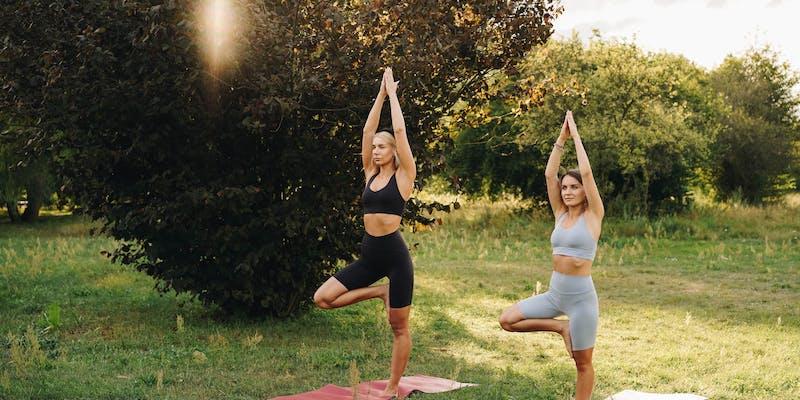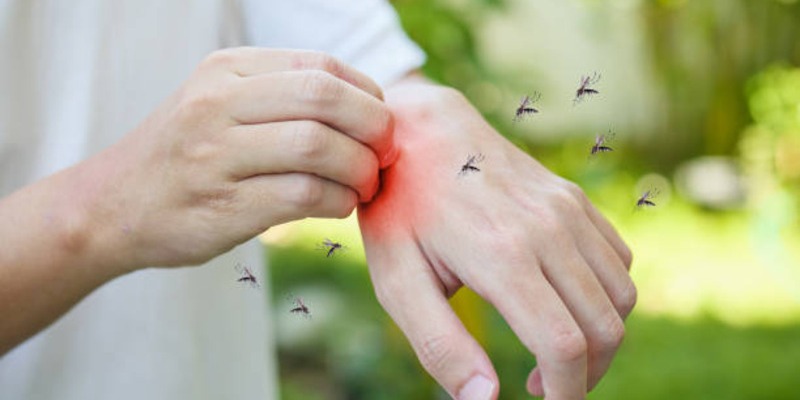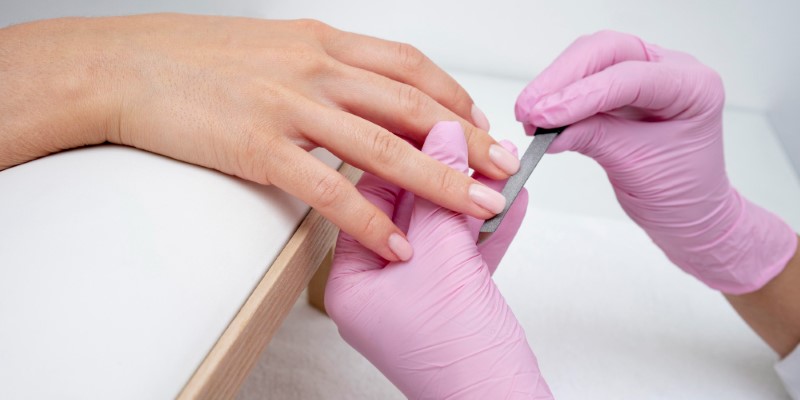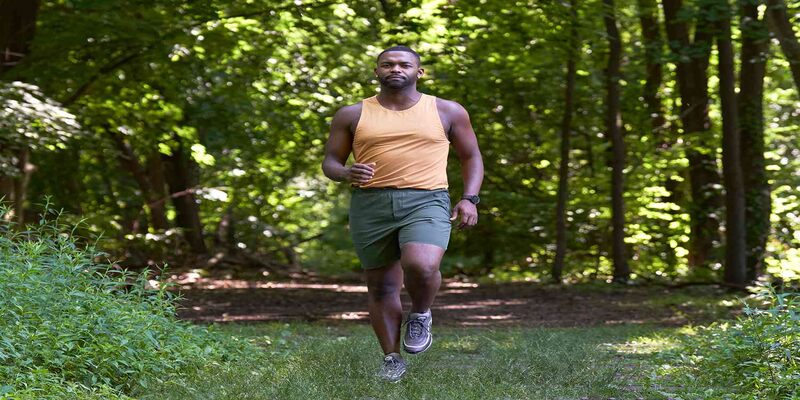Balance refers to your capability to maintain your body's stability and alignment, whether stationary or moving. It's about how well you distribute your weight to stay upright and avoid falls. Balance is categorized into two kinds: one that involves waiting still and another that comes into play when you're in motion. Balance is about keeping your body's center steady over your feet when you're stationary. This balance is crucial for standing still without swaying or holding a pose. On the other hand, when you're moving, balance involves controlling your posture even as you shift or rotate your body. This type is essential for walking, running, or playing sports. It helps you move smoothly and efficiently without losing your footing.
Both types of equilibrium are crucial for daily tasks and physical prowess. Specific exercises can enhance muscle strength and coordination, leading to improvement. Consistent engagement in these exercises can greatly improve your overall stability and mitigate the likelihood of experiencing falls.
Balance Training For Different People

1. For Athletes
Balance training is essential for athletes. It's about body control and understanding, not just physical strength. Due to intense and sudden sports movements, athletes often sprain their ankles. Balance training prepares the body for such stresses.
This training involves exercises that improve proprioception - the awareness of the position of one's joints. This heightened awareness helps prevent injuries by training the body to respond appropriately to different physical demands. Additionally, balance exercises at home training enhances the use of the body's center of gravity. This leads to improved performance - higher jumps, faster sprints, and stronger throws.
2. For Seniors
Balance training is significantly beneficial for older adults. Our physical stability declines as we age, making us more prone to falls. For seniors, falls can have serious consequences, sometimes leading to fatal injuries or loss of independence. Regular balance training can greatly reduce this risk.
Engaging in exercises that focus on balance exercises at home helps in maintaining and improving stability. These exercises are not just preventative but can also be restorative, assisting seniors to regain confidence in their mobility. Research shows that targeted exercise programs can significantly reduce the incidence of falls and the severity of injuries resulting from them.
3. General People
Balance training is good for everyone, regardless of age or fitness. It balances muscle development and improves brain-muscle communication. Daily activities require neuromuscular coordination.
Balance training can begin with simple tasks like picking up objects on one leg or brushing teeth on one foot. Sitting on a stability ball instead of a chair is another easy way to incorporate advanced balance exercises exercises into daily life. These practices improve balance and fitness.
Equipment For Balance Training
Balance training is an essential element of a comprehensive fitness routine, primarily emphasizing improving stability and coordination. The BOSU ball is a superb piece of equipment for this specific purpose. The acronym BOSU stands for "Both Sides Up," emphasizing its versatility. This apparatus consists of a hemispherical structure affixed to a sturdy platform. The distinctive design of this equipment enables you to engage in workouts on either the curved or flat side, providing versatility in your exercise routine.
The uneven surface of the BOSU ball is optimal for testing and improving your balance. Performing squats, lunges, and planks on this equipment significantly increases the difficulty level. The instability forces your body to activate core muscles and maintain equilibrium, improving strength and balance exercises and coordination.
Without a BOSU ball, improvise with household items. Consider creating an unstable surface with a rolled-up yoga mat or towel. These alternatives may not improve balance as well as a BOSU ball, but they can. Balance training can be enhanced by exercising on unstable surfaces.
Exercises For Balance and Stability

Tree Pose
Tree pose is a beneficial yoga posture that enhances ankle strength, boosts advanced balance exercises and engages the core muscles. Here's how to do it effectively:
- Begin by standing with your feet together, maintaining a straight spine, and extending your arms to your sides.
- Focus on balancing on your right foot.
- Carefully elevate your left foot, placing it against the side of your right calf.
- Gently raise your arms above your head, resembling tree branches.
- Aim to hold this position for about 30 seconds before switching to the other leg.
Single Leg Deadlift
The single-leg deadlift effectively strengthens the hamstrings and glutes while challenging your strength and balance exercises and engaging your abdominal muscles. Here's the procedure:
- Start by standing with your feet together. Shift most of your weight onto your right foot.
- Select a fixed point on the ground ahead of you to focus on.
- Slowly lean your upper body forward, simultaneously lifting your left leg back.
- Ensure your spine remains straight as you reach the ground.
- Stop when your upper body is parallel to the floor. Keep a slight bend in your right knee.
- Use your hamstrings, glutes, and abs to return to the starting position.
- Alternate sides, aiming for eight repetitions on each leg.
Dead Bug Exercise
The Dead Bug exercise is an exceptional choice for enhancing core strength, particularly targeting deep abdominal muscles. This exercise not only fortifies the core but also enhances your overall stability.
- Begin by sitting on the ground near the center of a BOSU, making sure your feet are firmly planted on the floor and spaced apart for stability.
- Gently lower your back onto the BOSU. Your lower back should be aligned with or slightly ahead of the BOSU’s center. You can adjust your position as needed.
- Tighten your abdominal muscles, pulling them inwards. Extend your arms to your sides.
- Raise each leg, one after the other, maintaining a wide stance. Your arms and legs should resemble the limbs of a 'dead bug.'
- If maintaining this position is challenging, shift slightly backward so that the BOSU supports your lower back and hips more.
BOSU Balancing Reverse Lunges
Performing lunges on a BOSU or a folded mat adds an extra challenge to this strength and balance exercises exercise.
- Stand on the BOSU with your feet together. Ensure the ball side is facing up.
- Bend your right knee and extend your left leg back onto the floor until both knees are bent.
- Push up through your right leg, returning your left foot to the BOSU—alternate legs. Aim for 8 to 10 lunges on each leg.
Squats with BOSU
Incorporating a BOSU into your squat routine adds an element of instability, encouraging your body to activate the appropriate muscles effectively.
- Stand on the BOSU, ensuring the ball side is facing up.
- Keep your feet hip-distance apart.
- Lower into a squat, focusing on directing your weight into your heels.
- Activate your glutes and hamstrings as you push back to a standing position.
- Aim for 8 to 10 repetitions.







